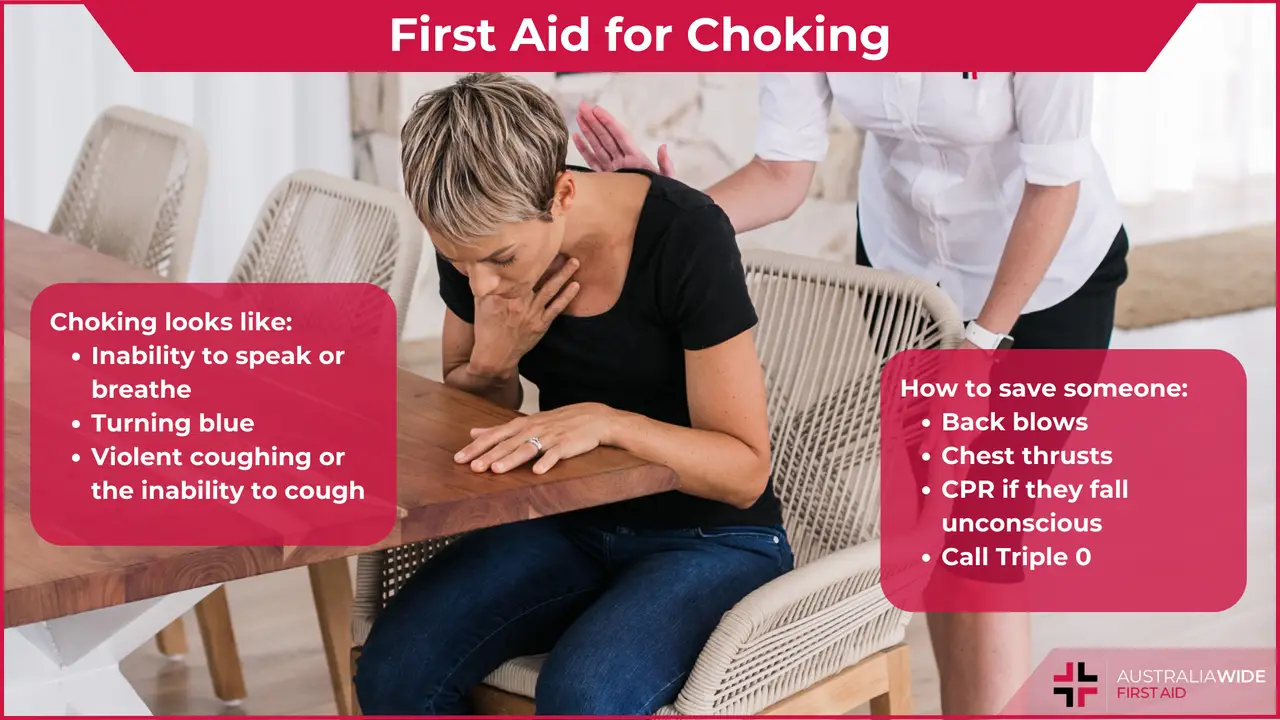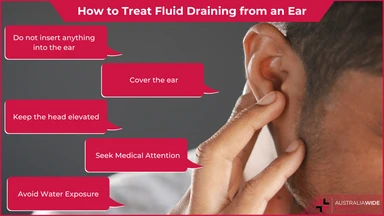Saving Lives: First Aid for Choking


Choking is a life-threatening medical emergency that can happen to anyone, anywhere, and at any time.
Choking occurs when an object or a piece of food becomes lodged in the throat, blocking the airway. The adult or child will have difficulty breathing, and may lose consciousness.
Quick and effective action is essential to prevent severe consequences and death.
The first step in providing first aid for choking is recognizing the signs.
Choking and gagging can often be confused with one another. Gagging is a natural reflex designed to prevent choking. A person who is gagging is not necessarily in a life-threatening situation; a person who is choking can very quickly progress into a life-threatening situation.
Gagging typically presents as retching motions, sometimes accompanied by coughing. The person will quickly be able to breath and speak, once the object has been moved out of the way.
A person who is choking may exhibit the following symptoms:
Quickly evaluate the person's condition to ensure that they are indeed choking.
If the person cannot cough effectively enough to dislodge the object, perform back blows.
If 5 blows are not enough to clear the airways, move on to chest thrusts.
If back blows are ineffective, perform chest thrusts.
Continue the cycle of back blows and chest thrusts until the object is dislodged, professional help arrives, or the person loses consciousness.
If the person becomes unconscious, lower them to the ground gently and start CPR.
For infants under 1 year old, use back blows and chest thrusts:
For more detailed information, refer to How to Save a Choking Baby.
Knowing how to perform first aid for choking is a valuable skill that can make the difference between life and death.
Remember, staying calm and acting swiftly is crucial.
If the person stops choking, seek medical evaluation to ensure there are no underlying issues. If you can clearly see the blockage in their mouth, carefully remove the object. Take great care not to push it further into their mouth. Encourage them to spit it out.
Being prepared and educated can empower you to save a life in a choking emergency, so consider taking a first aid and CPR course to learn more and gain confidence in handling such situations.

October 13, 2023
Choking occurs when an object or a piece of food becomes lodged in the throat, blocking the airway. The adult or child will have difficulty breathing, and may lose consciousness. Quick and effective action is essential to prevent severe consequences and death.

September 22, 2023
Knowing how to provide first aid for fluid draining from an ear is crucial to alleviate discomfort and potentially prevent complications.

July 31, 2023
This article covers treatment/first aid for nose bleeds, and also covers all of the common misconceptions and myths about treating a bleeding nose.